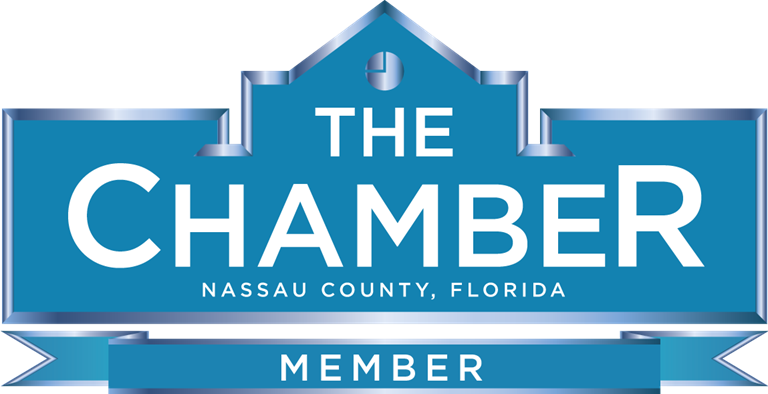SECURE Act 2.0 Changes to Age Stipulations for Required Minimum Distributions (RMDs)

You may remember back in 2019 when Congress passed the SECURE Act to enhance various rules around retirement saving. Then along came what’s now being referred to as SECURE 2.0, or “The Securing a Strong Retirement Act”, which expanded the original act. This impacted retirement planning and wealth management even further and some retirees are struggling to keep up with these new changes to the law.
One such outcome of the Act involves changes to the rules surrounding required minimum distributions (RMDs), which are the minimum amounts you must withdraw from a retirement account, such as a 401k or IRA, each year in order to avoid tax penalties. Some of these changes have already gone into effect earlier in 2023, while others will take effect in 2024, or even as late as 2033.
Changes to RMD Age
Generally speaking, someone with a tax-deferred qualified retirement plan must begin taking RMDs in the year that they turn age 73. Technically, you should pull your RMD by December 31st of that year but they will allow you, one time only, to pay yourself your RMD up until April 1st of the following year after turning age 73 as long as you haven’t filed your taxes. In all years after that, RMDs must be pulled every year before December 31st, for the rest of your life and in some cases, even after your death.
Until 2020, the specified age for RMDs was 70 1/2, and it was the original SECURE Act that increased the age to 72. SECURE 2.0 further extended the required age to age 73 for participants who turn 73 in 2023, and it will again increase to age 75 in 2033.
What Spouses Need to Know About RMDs
Prior to SECURE 2.0, if someone passed away before initiating their required RMDs, their surviving spouse would automatically become the “participant” in the calculation of RMDs if that would result in a later commencement date for the RMD payments.
Now, effective in 2024 under SECURE 2.0, a surviving spouse must choose to be treated as the participant, for RMD purposes; it’s no longer automatic. If the surviving spouse elects to be treated as the participant, they can choose to delay their RMDs until they (the surviving spouse) reach RMD age. This benefits a surviving spouse who may be much younger than their deceased spouse. If the surviving spouse does not elect to be treated as the participant, they must pull RMDs at the same time the deceased spouse would’ve had to take them.
RMDs can also potentially be paid over a longer period of time for surviving spouses, since the Uniform Lifetime Table, as opposed to the Single Lifetime Table, will now be used to calculate the surviving spouse’s RMDs. The Uniform Lifetime Table typically has lower RMD amounts since it incorporates the younger spouse’s age.
How was the Excise Tax for RMD Errors Affected by SECURE 2.0?
Previously, anyone who missed an RMD, or miscalculated the RMD amount, would be hit with a 50% excise tax. A waiver can be requested if the RMD error can be proven to be a reasonable one and if steps were taken to correct the mistake, however the IRS has the discretion to decide whether they will grant the waiver.
Fortunately, SECURE 2.0 has reduced the excise tax from 50% to 25%, effective in 2023. And, the excise tax is lowered even further to 10% if the RMD error is corrected according to certain guidelines.
The reduction to the RMD excise tax and the flexibility to correct errors for a lower penalty not only alleviates some stress on those who fail to take their RMDs, but may also potentially lessen the amount of waiver requests received by the IRS.
Other Changes to Know About
SECURE 2.0 also includes changes to facilitate the provision of annuities with certain features, such as period certain guarantees and guaranteed annual increases, in qualified retirement plans. This change is consistent with the trend toward enhancing lifetime income options.
Finally, SECURE 2.0 changed the RMD rules pertaining to certain special needs trusts so that the distributions are spread out longer over, for example, a disabled beneficiary’s lifetime.
This can be beneficial to the recipient of a family member’s qualified retirement plan when the family member passes away. And, it allows certain individuals to better help their disabled or medically disadvantaged loved ones. A special needs trust must be established, and it’s recommended to use an attorney who specializes in this field to help set it up, so that it’s all in good order before you pass away.
To Sum it All Up
The SECURE Act 2.0 included many changes to rules surrounding retirement planning and saving. Many of these changes, such as the increase to RMD age and the decreased excise tax, are already in effect for retirees, but there are even more changes to come in the future.
With recent market volatility, anything that can lessen financial and emotional stress to senior citizens in retirement is welcomed and often much-needed.
If you are someone who needs help navigating your retirement plans, understanding new regulations, or protecting your retirement nest egg from market declines, contact Summerlin Benefits Consulting today for more information.






